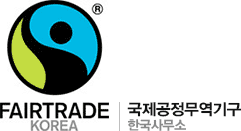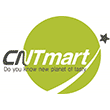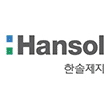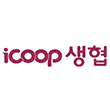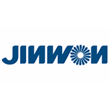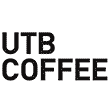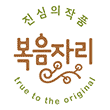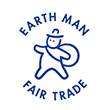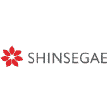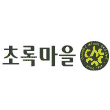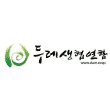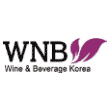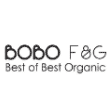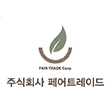- You are here :
- Home
- Media Center
- News and Events
News and Events
| 2016-07-12 17:05:43 | |
Improving supply chains through the Guarantee System of the World Fair Trade Organization |
|
Improving supply chains through the Guarantee System of the World Fair Trade Organization By Wold Fair Trade Organization (WFTO) Since its implementation in May 2013 the World Fair Trade Organization’s (WFTO) Guarantee System (GS) has seen thirteen members going through the procedure and earning the guaranteed member status. One of them is the Association for Craft Producers (ACP), a small-scale producer organisation providing marketing and management services as well as design and technical services to low-income Nepalese craft producers. It was the goal of WFTO to test the new system with different types of member organisations. ACP was considered suitable and agreed to join. To give a glimpse of their experience with the new system, find below the answers of ACP to a questionnaire and feedback form: Cost One of the many questions members ask about the new system is the cost of the whole process. Like most of our members, ACP experienced a difficult period when orders went down in recent years due to the global economic crisis. For them every penny must be wisely spent on an investment that delivers certain positive returns. Undertaking the entire process entails investment in resources. That means paying for an external audit and peer visit, spending time and human resources on gathering documentation, meetings, and developing an internal system to monitor compliance with Fair Trade principles. “For us, we found the procedure cost effective as we could complete all the procedure from our internal resources,” said Meera Bhattarai, Executive Director of ACP. To offset too much spending of their own resources, ACP managed to get external support from People Tree. ACP staff member Revita Shrestha added that completing the process needs a good dedicated team. “In our case, it’s not a big financial burden for us as an organization. One of the major requirements to complete the process was human resources. Fortunately, we have a very good team and could accomplish the required process utilizing our people. Thus, we were able to absorb the cost of IMS. The peer visit cost was OK. The most expensive part was the audit cost for which we were fortunate to receive support.” WFTO guarantee system acp woman artisan3
Self-assessment Meera said that, at first glance, the Self-Assessment Report (SAR) format appeared overwhelming. However, they found that they learned as they went along and that was a positive experience for all involved. The SAR is one of the three components of the GS. It is where each member assesses their compliance with the requirements of the Guarantee System. This is then checked through external visits (peer visits and monitoring audits). One striking feedback from ACP concerned the internal monitoring system (IMS). The IMS is a tool that each member is required to put in place to monitor their suppliers’ compliance with the core Fair Trade Principles. “We did not have a formal monitoring process. Till now it had always been informal. For this project, we tried to formalise the process. But in view of the time constraint and limited trained human resources it was a challenge.” It took time to install and implement the IMS. To achieve a functional IMS, ACP trained seven staff members on how to conduct internal monitoring using their newly developed IMS. They conducted actual visits to their suppliers and assessed their Fair Trade compliance. The whole internal evaluation process involved a considerable amount of dedication and attention. Meera noted that the IMS has greatly helped them understand their supply chain, and identified areas where improvement is needed. Looking back now, Meera feels that completing the SAR went smoothly. Meera told us that ACP received guidance from WFTO throughout the process. Honorary member Carol Wills, the GS pilot program lead, was with them all the way, providing advice and assistance. Note that the IMS is a requirement but can be addressed later in the improvement plan if the member needs time to develop and implement it. Peer assistance The Peer Visit is one of the monitoring and verification mechanisms of the GS. A member may appoint another member or non-member to verify the compliance information as submitted through the SAR. A peer visitor checks the information on the SAR against the actual practices. The aim of the peer visit is to help a member prepare for external audit. Later, peer visits will serve as cost-effective means to improve compliance. “It was interesting for us to have an observation from an external point of view at the same time not having to go through the feeling of being examined. We felt very comfortable discussing with a peer. Our peer had advised us to strengthen and follow up on monitoring, and develop policies. We have already developed the policies they identified and we continue to follow up on our monitoring.” ACP’s external audit went well. Following their approval, the organisation earned the Guaranteed Member status and may use the new WFTO Product Label on their products. By going through the GS process “it became clear to us what needed attention, and also helped us to prioritise the activities for improvement.” Continuous improvement The GS is a continuous cycle of compliance monitoring and verification. ACP has just finished the first cycle. Areas that needed attention are identified on the improvement plan they prepared. Depending on their risk category, which influences the depths and monitoring frequency, ACP will follow a schedule of alternating peer visits and external audits in the future. |
|
|
|
